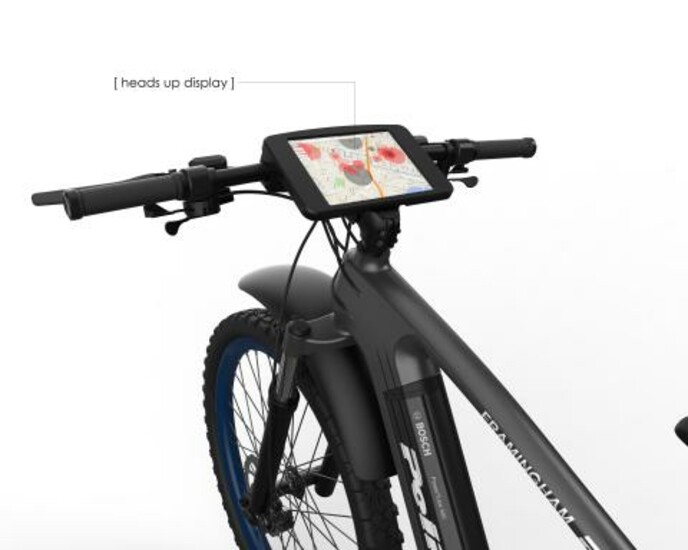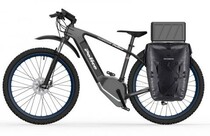Bringing Human-centered Design to Bike-mounted Police Programs
CAMBRIDGE, MA—Technology has advanced by leaps and bounds, and it’s changed the way police officers do just about everything. But now many police departments are looking to turn back the clock and take advantage of a technology that’s been around for more than a century: the bicycle.
Bicycles had been a standard resource for police in the late 19th and early 20th century, before motorcycles and cars became widespread and essential transportation and police departments pushed for modernization.
Their maneuverability and other advantages—such as the low cost of bikes compared to cars and their approachability—have led many police departments throughout the country to bring back bicycle-mounted officer programs over the last 20 years.
Creating a bike-mounted police program requires more than providing officers with bikes. The Framingham Police Department understood that fact and turned to a team of engineers, bicycle designers and technology innovators to assist it in developing key technologies for a bike-mounted police program. They began with a series of workshops.
The workshops were the brainchild of the 1854 Cycling Company, a Framingham, Mass.-based bicycle and cycling apparel company that was tasked with providing electric-assisted bicycles to the Framingham Police Department. The company formed partnerships to assist in the effort with Boston Engineering, Draper and Empire Group, and has relationships with experts at MassTech Collaborative and has met with Advanced Functional Fabrics of America (AFFOA).
Spencer Irvine in Draper’s Sembler Office said the team quickly determined that more technology isn’t always better. “We found that police on bicycles are not necessarily looking for the same capabilities as police in cars. They face distinctly different scenarios and must respond differently. A bike-mounted police officer is far more accessible and can also observe the environment at a more detailed level, so they are looking for a dashboard that supports real-time, secure information sharing and communications, all right-sized to their unique needs,” Irvine said.
Using best practices in human-centered design and engineering, Draper set out to develop a user interface and software application for an electric-assisted bicycle for law enforcement, private security and emergency medical service personnel.
“To date we have the interest of police departments and universities across Massachusetts,” Irvine said. “The team is looking to produce and deploy at least 300 units for the first generation.”
Creating human-centered solutions is a key capability of Draper’s User Experience (UX) group.
The portfolio includes tactical aids for warfighters; technologies that could be used in displays for ICU nurses; and a wearable technology called isaWear (Immersive Situational Awareness) that helps the wearer recognize more data from their surroundings and understand them faster.
The 1854 Company plans to showcase the bicycle at the International Association of Chiefs of Police’s 2019 conference in Chicago.
Released October 16, 2019
















